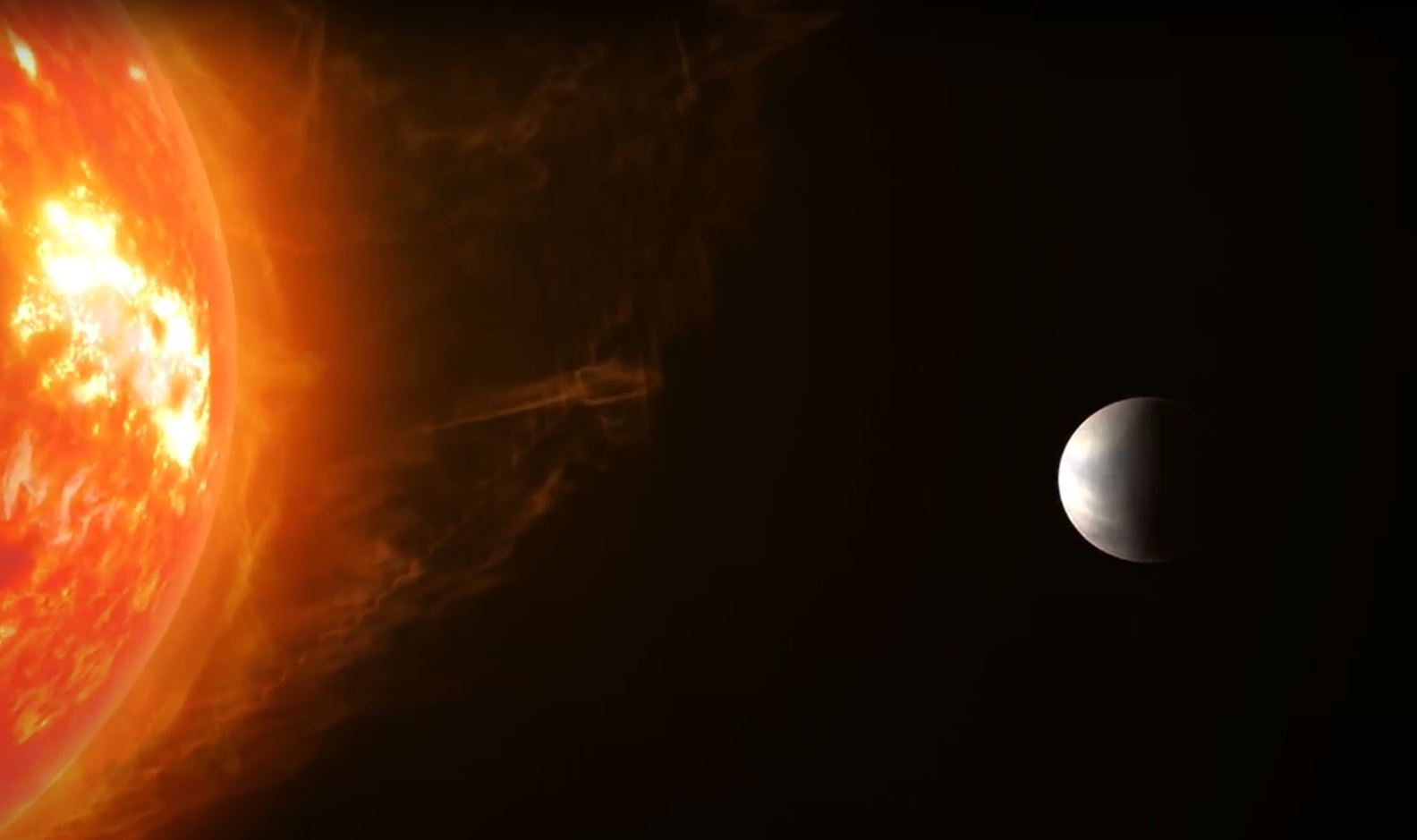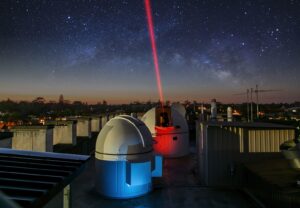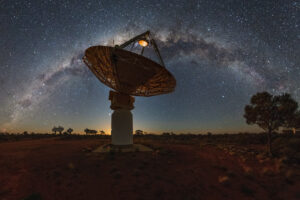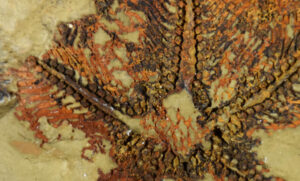It’s called Gliese 486b. It’s only 26 light years away, making it one of our closest neighbours.
Because it’s hot (over 430°C), relatively close and regularly passes in front of its sun (more on that in a moment), it’s one of our best chances to study atmospheres around rocky planets like our own.
It’s a pretty huge discovery and made it to the prestigious pages of the journal Science, one of the most sought-after homes for a piece of scientific research.
But tucked between the universities and research institutes on that announcement is the name TG Tan, from the Perth Exoplanet Survey Telescope. He has no formal training in astronomy and no institutional affiliation.
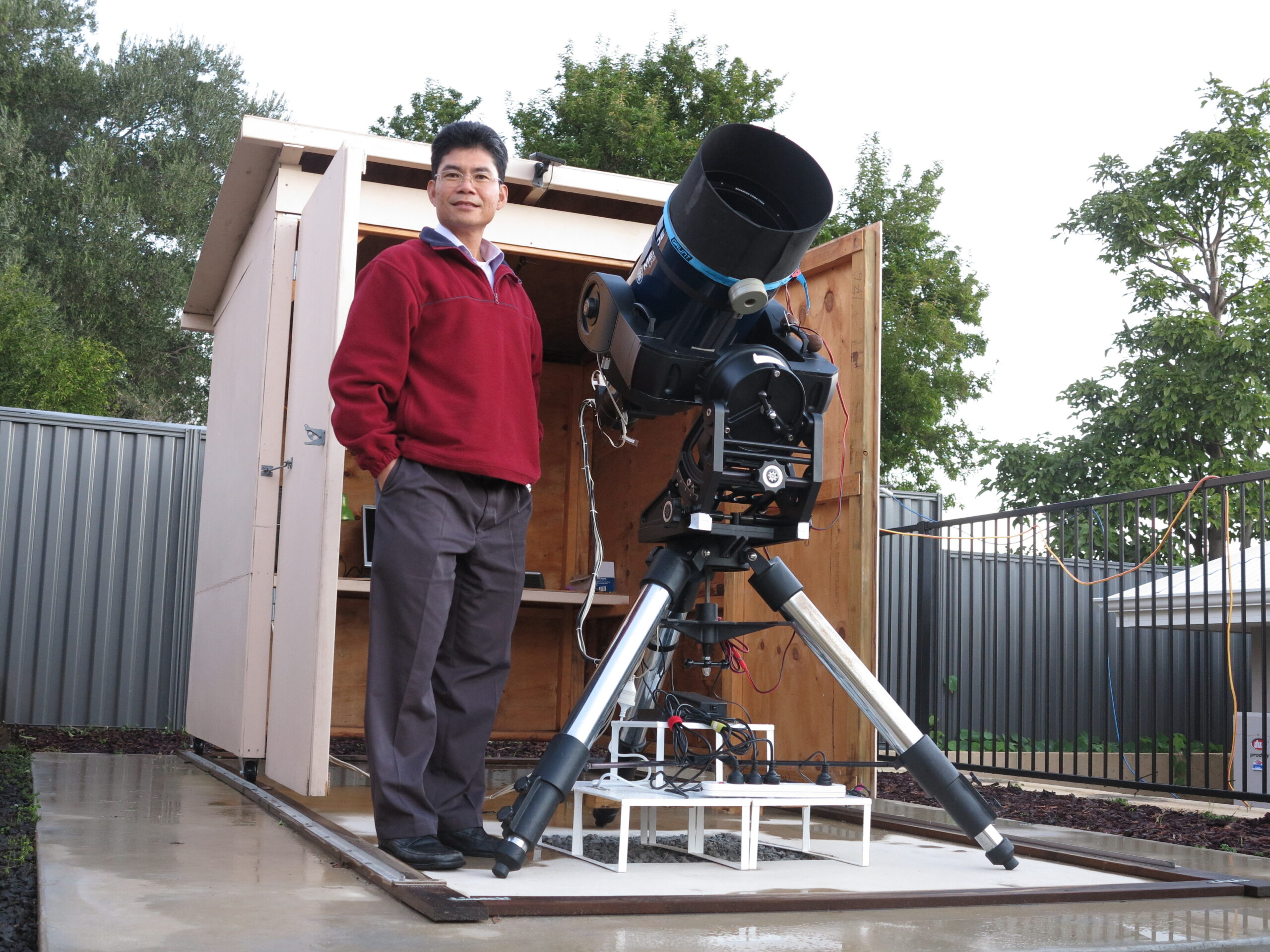
So how did an amateur astronomer working from the suburbs of Perth help discover the hottest new exoplanet around?
“What else can I do with this?”
After moving to Perth from Malaysia, TG’s astronomy career started at the Royal Show.
“I was wandering around the Perth Royal Show and saw a dealer with some telescopes set up,” TG says.
“I looked at them, and I said ‘Hey, not too expensive!’, so I bought an 8 inch Newtonian and started to look through it. Of course, looking through a smallish telescope in the suburbs isn’t great, so I started to experiment with astrophotography,” he says.
“But, again, after you do that for a while, you think, ‘Well, what else can I do with this?’”
The answer, it turned out, was science.
“I set up a supernova search program with some really very basic equipment, and then I did a write up for it for Sky & Telescope.”
“I did that for a few years and discovered three supernova in 3 years, which is pretty good.
“So I said again, Well, what else can I do with this?”
“By about 2010, a handful of exoplanets had been discovered. And I started to think, well, is it possible for an amateur to detect these things?”
“I’m an engineer by background so not afraid of a little bit of mathematics. I did the calculations and came to the conclusion that we need a slightly bigger telescope and a better camera, but it could in principle be done.
“And in 2010, I took my first observation of an exoplanet transit.”
How to spot an extrasolar planet
Detecting an exoplanet is no easy task. Astronomers look for the tiny changes in a star’s light as potential planets pass in front of it. It’s a phenomenon called a transit.
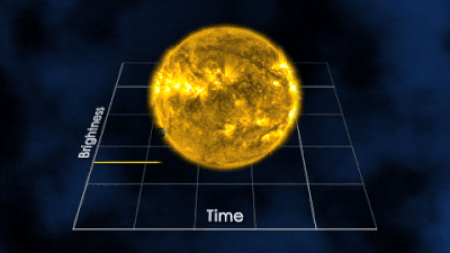
It’s like watching a solar eclipse from the surface of the Earth – except the stars being blocked out and the planets doing the blocking are much, much further away, and the change in brightness is much smaller. Think a grain of sand passing in front of a candle flame viewed from hundreds of kilometres away.
Watching the skies for that many tiny changes is such a time-consuming and sensitive project that NASA has built entire missions, like the transiting exoplanet survey satellite (TESS, to its friends) to find them. From up above the atmosphere, away from the lights of human cities, it can keep an eye on thousands of stars at once and detect even the tiniest changes.
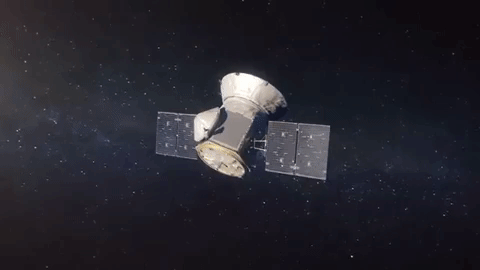
But even TESS can’t watch the whole sky all the time. It only identifies candidates – stars that could have planets around them.
To turn those possibilities into mathematical certainties, you need a whole lot more data. Once you’ve narrowed down which stars are likely to have planets, it gives ground-based observatories something to really focus on. And that’s where TG comes in.
“I do follow-up observations of planet candidates, which may be to detect transits. But they may also be to try to rule out false positives, because there are other things that can mimic exoplanet signals too,” TG says.
Just following up …
NASA runs these follow-up programs with observatories around the world, and if you can prove your data is good enough, you can be invited to join – regardless of whether you’re in a physics department or a garden shed.
“After the first few exoplanet transits that I observed, I started to put transit observations on to something called the Exoplanet Transit Database to try to establish my credentials as an observer,” TG says.
“Because of that, I got contacted by somebody who said, ‘I’ve seen your data and they look pretty good. You want to join this project?’, and I got invited on to the KELT project, the Kilodegree Extremely Little Telescope.”
“That was kind of a starting point – it was like word of mouth. Then somebody else came back from ANU and said, ‘I work with KELT as well, I’ve seen your data. And we are starting another project together with Princeton to do exoplanet discovery, would you like to join?’ It turned out I was the only amateur on that team.”
"So I’m still amazed that, you know, some guy in the backyard can participate in stuff that gets published in Science or Nature."
As well as the exoplanets and the supernovae, he also gets the occasional special request.
One was to help investigate a sextuply-eclipsing sextuple star system – six stars all orbiting together and constantly passing in front of each other. Untangling the data from that many different stars needs a pretty specific set of skills.
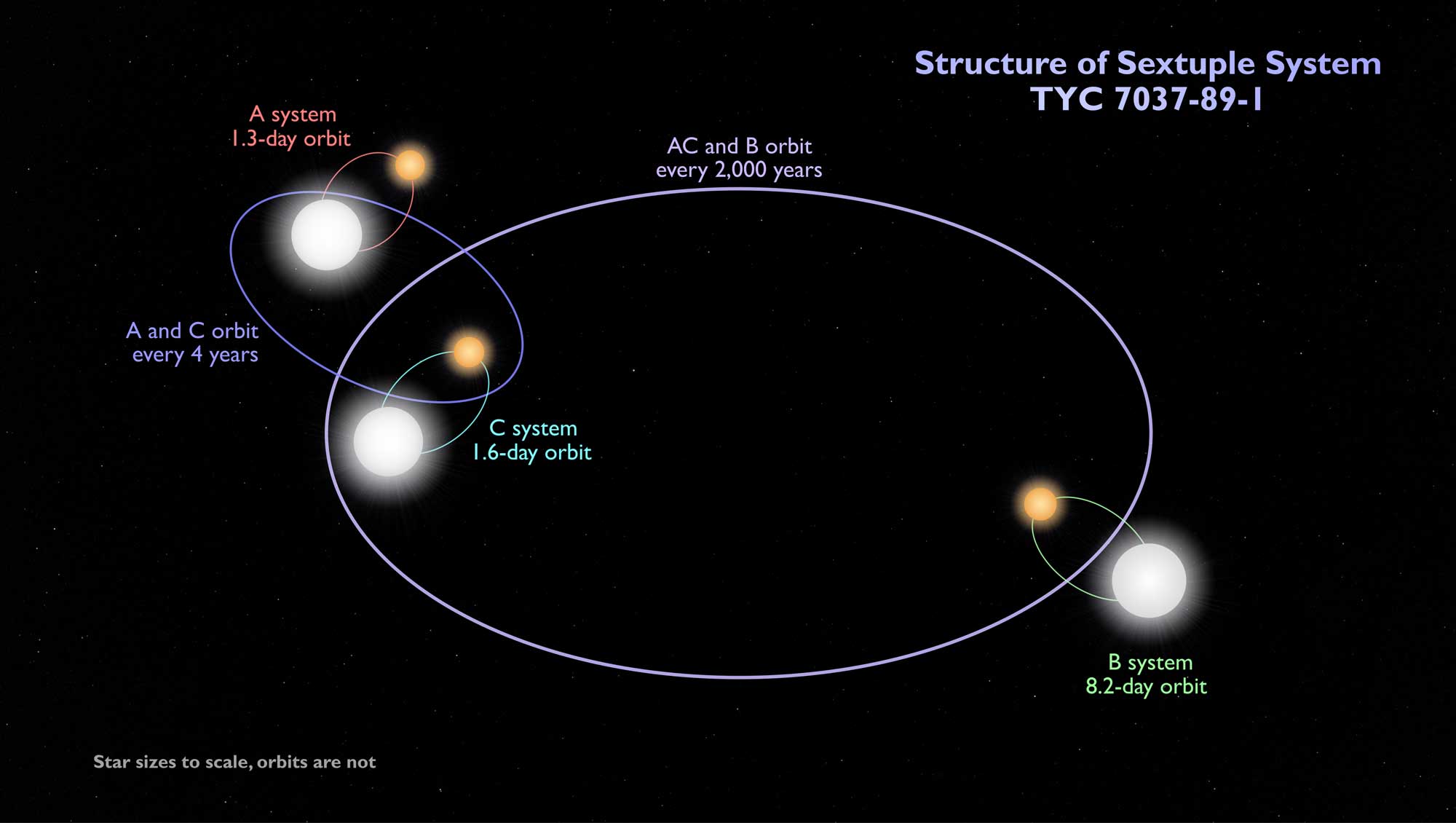
“I think I’m fairly well known in the astronomy community as being an amateur who can produce very precise light curves,” TG says.
“There are a few of us around, but not many.”
Many eyes make light curves
Gliese 486b was first detected by the CARMENES Radial Velocity survey, then surveyed again by the TESS satellite. But it took a whole lot more data to confirm that it was real – and that it was interesting. The sky’s a big place, and there’s more going on up there than professional astronomers can keep up with on their own.
That’s why, according to TG, astronomy is one of the few scientific fields where amateurs can still make significant new discoveries.
Amateur astronomy is a labour of love, he says – and it’s right there in the name:
"You know, the origin of the term [amateur] is French for somebody who does something out of love."
“The first thing to understand is, what are you curious about? What do you want to find out or discover? Because if you’re gonna be spending lots of time on it, it should be something that you’re really, really interested in,” TG says.
But it’s important for professional astronomers to get out behind a telescope too, especially as WA specialises more in radio astronomy.
“I would like to see more support for optical astronomy in WA,” he says.
“I think the SKA will be doing great science, but how do you educate the next generation of scholars in WA if you don’t have good optical facilities too?”



